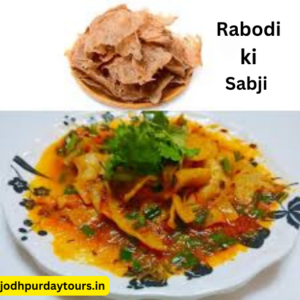Historical Significance: Galta Ji Temple is believed to have been built during the 18th century by Diwan Rao Kriparam, a courtier of Maharaja Sawai Jai Singh II, the founder of Jaipur. The temple complex has since been expanded and renovated by various rulers of Jaipur.
The Monkey Temple, officially known as the Galta Ji Temple, is indeed located in Jaipur, India. It’s a unique temple complex situated amidst the Aravalli Hills, about 10 kilometers away from Jaipur’s main city center. The temple is famous for its natural springs, pavilions, and most notably, the large population of monkeys that inhabit the area, hence its popular nickname.
Galta Ji Temple holds significant religious importance for Hindus and is dedicated to the sun god, Lord Hanuman. The temple complex consists of several temples, pavilions, and holy kunds (water tanks). The main temple, built in pink sandstone, is a sight to behold, especially during religious festivals when it’s adorned with vibrant decorations and bustling with devotees.
Natural Springs and Water Tanks: One of the most notable features of Galta Ji Temple is its natural springs and water tanks, known as ‘kunds’ in Hindi. The temple complex has several kunds, the most famous of which is the Galta Kund. The water from these kunds is considered holy and is used by devotees for religious rituals and bathing, who is believed to have visited the site during his search for the Sanjeevani herb.
The best time to visit this place
Visiting Tips: Galta Ji Temple is open to visitors throughout the year, though it’s particularly busy during Hindu festivals such as Makar Sankranti and Hanuman Jayanti. The temple complex offers stunning views of the surrounding hills and countryside, making it a popular destination for both religious pilgrims and tourists alike.
Overall, Galta Ji Temple is not only a place of worship but also a serene retreat where visitors can immerse themselves in spirituality and nature’s beauty.
The best time to visit Galta Ji Temple, like many places in Rajasthan, is during the winter months, from October to March. Here’s why:
Weather: The winter months in Rajasthan, including Jaipur, offer pleasant weather with cool mornings and evenings and mild daytime temperatures. This makes exploring the temple complex and its surroundings more comfortable, as you won’t have to contend with the extreme heat that Rajasthan experiences during the summer.
Crowd Avoidance: While Galta Ji Temple is a popular tourist destination, visiting during the winter months might allow you to avoid the larger crowds that typically visit during the peak tourist season of summer.
However, if you prefer fewer crowds and don’t mind the hotter temperatures, visiting during the shoulder seasons of early autumn (September) or late spring (April and May) can also be enjoyable. Just be prepared for warmer weather and potential crowds during festivals and peak tourist seasons.
Galtaji Temple entry & fee : -
- Timing : 5 AM to 9 PM
- Entry fee : free for all





